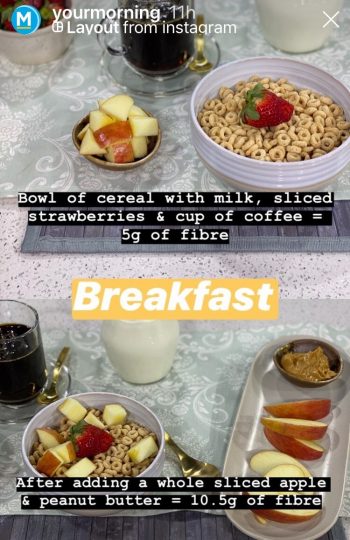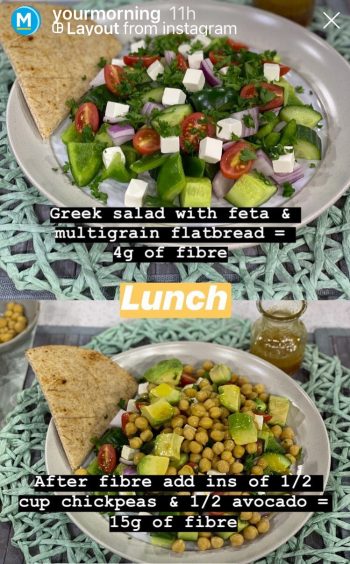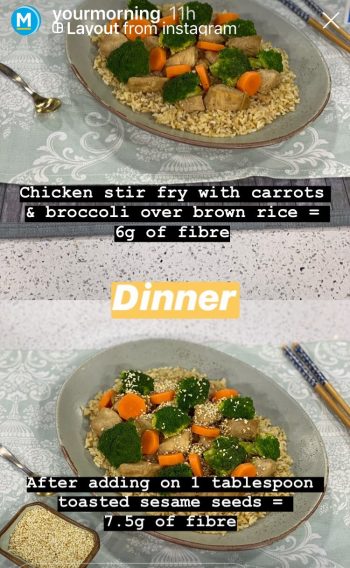The doorbell rings. The dog is barking. A load of laundry sits in the hallway. There can be a lot of distractions when working from home! Here are a few tips to help you stay fueled and focused.
Stick to a regular eating schedule. Get into a routine by eating your meals at the same times every day if possible. Routine gives us a little sense of control during these uncertain times. Plus, you’ll keep your energy levels steady to power through your work day. (Ditto the routine message for sleep and exercise.)
Cook extra for tomorrow’s lunch. Now that you and everyone else in your family are staying home, you’re likely eating all your meals at home too. No more lunch meetings or buying lunch at the food court. Plan to cook extra and portion them out so they’re ready to reheat for tomorrow’s lunch.
Snack on nourishing foods. During times of crisis, we all stress eat. Food can offer us both comfort and nourishment. Give yourself permission to enjoy ALL foods without guilt. If you’re finding that you’re frequently eating to deal with stress or emotions, reach out to a friend, family member or health professional for support.
Stay hydrated with water. By the time you’re thirsty, you’re already dehydrated. Keep your water bottle nearby. Other beverages like coffee, tea and milk count towards your fluid intake too.
Take a break. Stand up and stretch. Do some shoulder rolls. Go out for a walk. This helps minimize mindless munching at your desk. To reduce eye strain, follow the 20-20-20 rule – every 20 minutes, look at something 20 feet away for 20 seconds.
Keep well, everyone!














 Well, we’re finally settled into a new schedule that’s packed with school team practices, extra curricular lessons, and after school clubs. Now that my kids are teens, I’ve learned a few things and have had to adjust my eating plan for them.
Well, we’re finally settled into a new schedule that’s packed with school team practices, extra curricular lessons, and after school clubs. Now that my kids are teens, I’ve learned a few things and have had to adjust my eating plan for them.